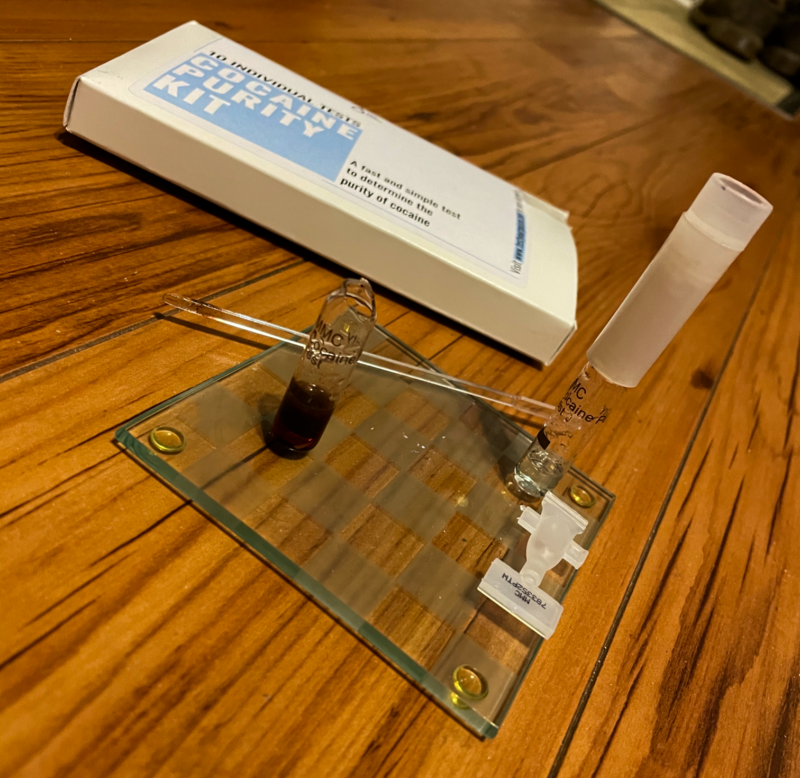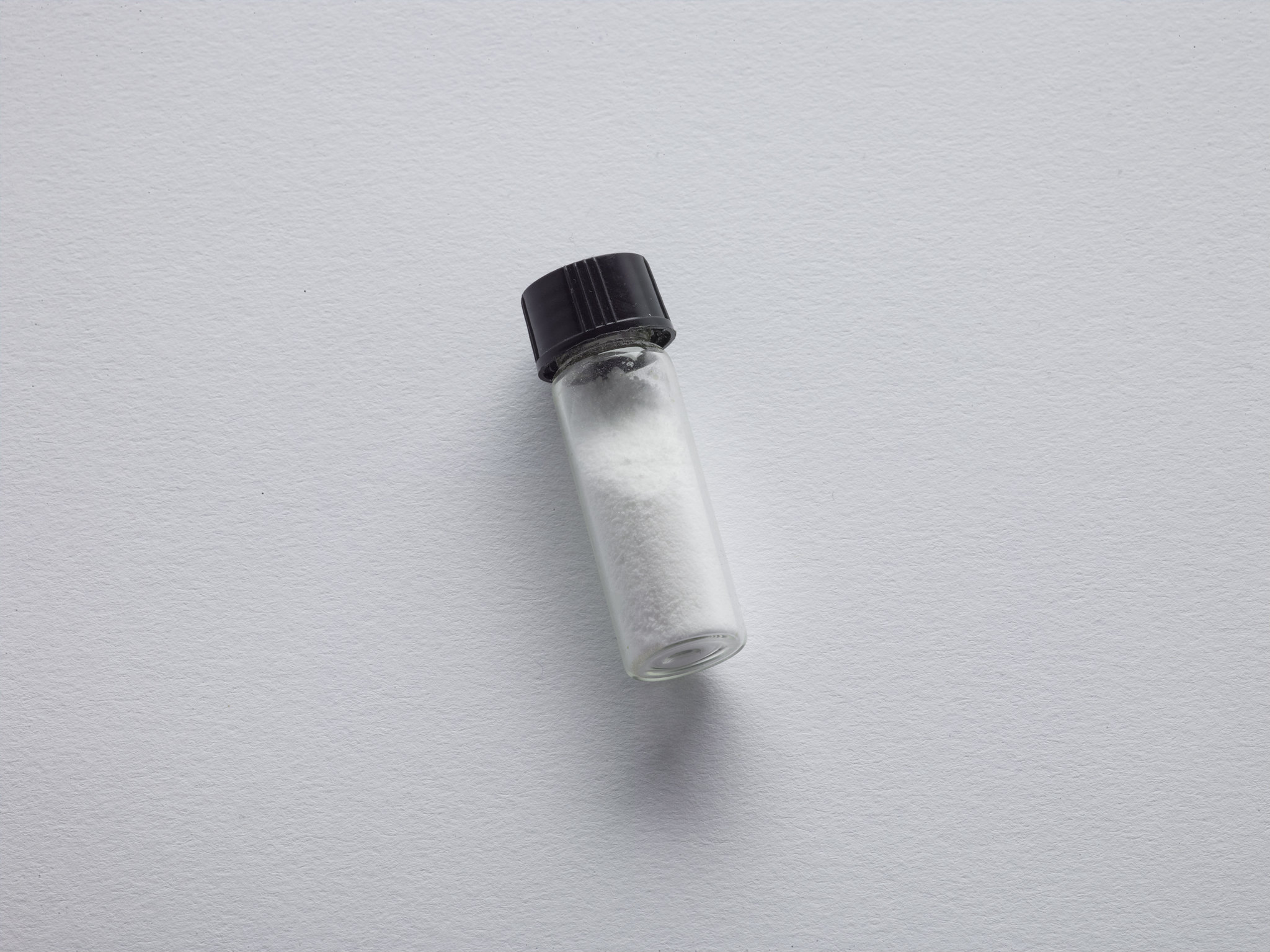Nobody knows the smell, taste or feeling of pure cocaine like someone who injects it. Eric Sampson, who’s well known on the streets of Halifax, Nova Scotia, is one of those people. But a few months ago, a shot hit him in a way he’d never known was possible.
At first, he felt like the effects came and then went as usual. He went to bed. But an hour later, he woke up suddenly from a dead sleep. “All I could taste was coke. I was freaked out. I put on my shoes and just ran. I went to the hospital. They had to give me a dose of liquid Ativan to calm me down.”
A toxicology report revealed that cocaine—and only cocaine—was in his system. A veteran cocaine injector knocked on his ass by cocaine alone? Something had changed in the supply.
Anecdotally, since around the summer of 2019, Halifax has seen a drastic rise in both the availability of cocaine and in its purity. Any seller either already had pure cocaine or could get it.
There are a few ways to tell whether your coke supply is pure. First, pure cocaine has a strong, specific smell—almost minty. Second, when you mix it with water it becomes clear. For more than a year now, almost every time I’ve tested my supply when preparing to inject, it’s come back crystal clear—the clearest cocaine I’ve ever seen.
The amazing new quality of Halifax coke can be a good thing. But it can also make it more dangerous. People sometimes assume you can’t die from stimulant-involved overdoses (AKA overamping), but it’s very common. At least 20 Nova Scotians died from cocaine-involved overdose between January and October 2020.
What would that shot have done to a first-time user?
“I was higher than I’ve ever been in my life,” Sampson said of his experience. “But it was [unexpected], like an hour and a half later.” What would that shot have done to a first-time user?
No one around Halifax really talks about ways to practice cocaine harm reduction, but there are some established techniques to manage overamping that people should be aware of. If someone has a seizure, remain calm and speak softly; try and get them onto their side; protect their head; call 911. Don’t leave until help has arrived.
Test Your Poison is a small Ontario-based business that sells testing reagents to check the identity and purity of a variety of drugs, including cocaine. “Most of our clients complain about their cocaine being tainted, so they are grateful that we can provide testing kits that they can use,” a representative told Filter via email. “With more education about safe use and drug testing, there will be less of a taboo regarding cocaine use.”
I recently used a kit to check the purity of my own cocaine supply. The kit shows the purity of a shot on a scale of 1 to 5—5 being the purest. As I’d suspected it would, it came back a 5.

Photograph by Matthew Bonn
When Filter reached out to the Halifax Regional Police for comment, it came as no surprise that they weren’t aware of the changes in cocaine purity. “We have no evidence of a noticeable increase in the purity of cocaine we have recently seized in our region,” said Constable John MacLeod.
The availability of the cocaine itself, though, is widely known. The department pulled in nearly 600 lbs of cocaine last summer, after a boat was seized and two men were busted trying to retrieve a package attached to a container ship.
Why is this happening here and now? Is there a wider recreational market for cocaine these days? Has it been compounded by shipments getting stuck on the East Coast because of COVID travel restrictions? I’ve heard whispers that East Coast sellers finally have themselves a steady cartel connection.
When I was growing up, Halifax had the shittiest coke around. Now it’s pure as can be. Cocaine is a hell of a drug, so I hope it lasts, but nothing this good lasts forever. While it’s here, though, people should practice harm reduction. Test your supply. Carry naloxone. Don’t use coke alone. Start low, go slow. Stay safe and have fun.
Top photograph via Flickr/Creative Commons 2.0





Show Comments